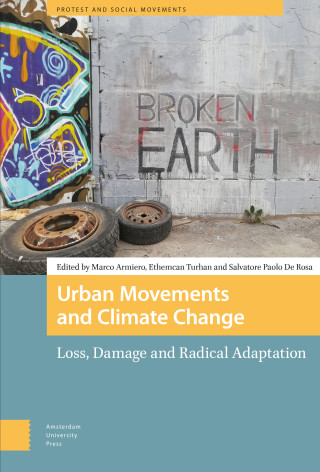Henk-Jan Dekker
Henk-Jan Dekker is a historian who received his PhD in 2021 from Eindhoven University of Technology. His research interests include the history of cycling policies in relation to culture, governance, and social movements, and the history of technology.





